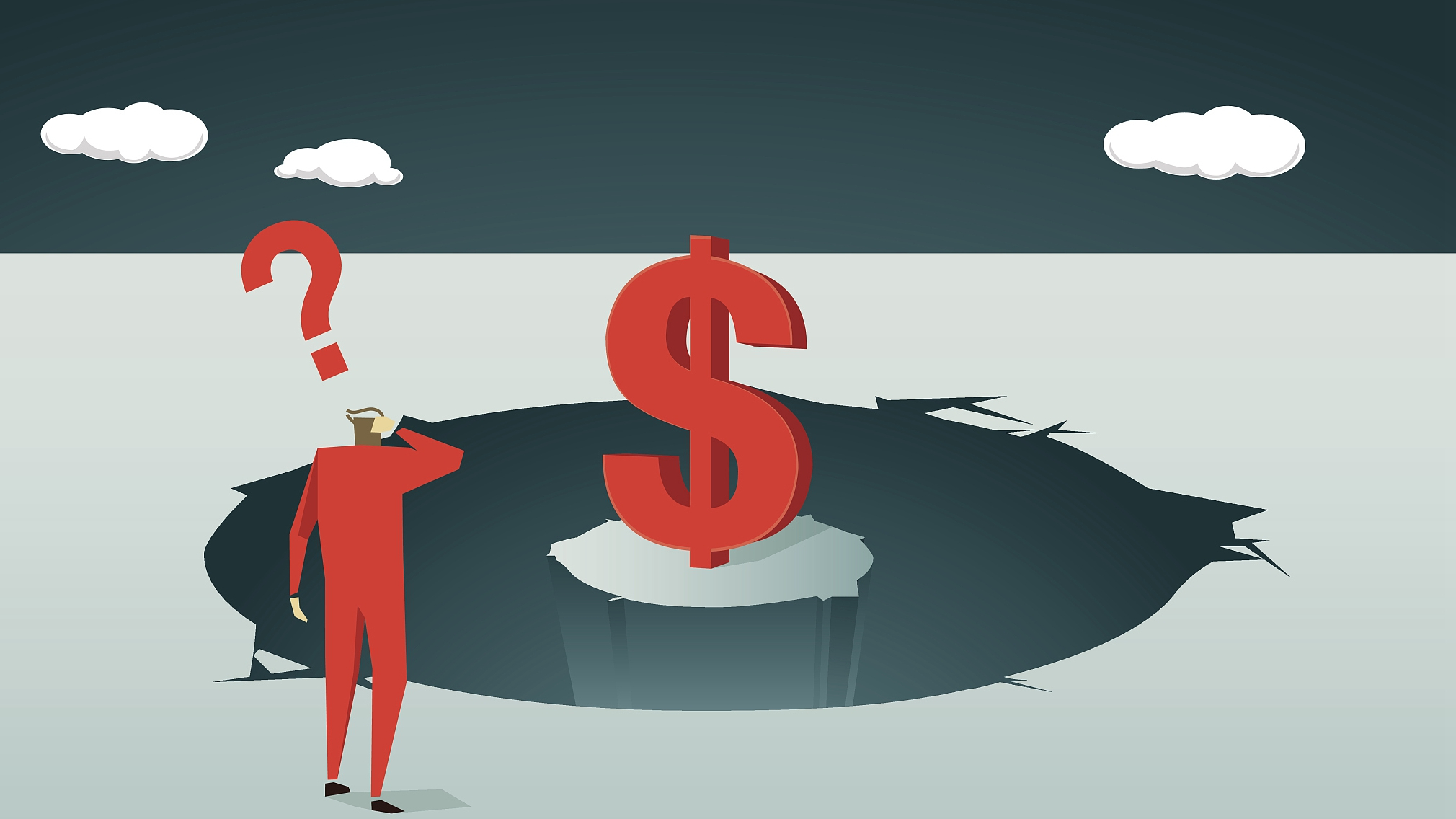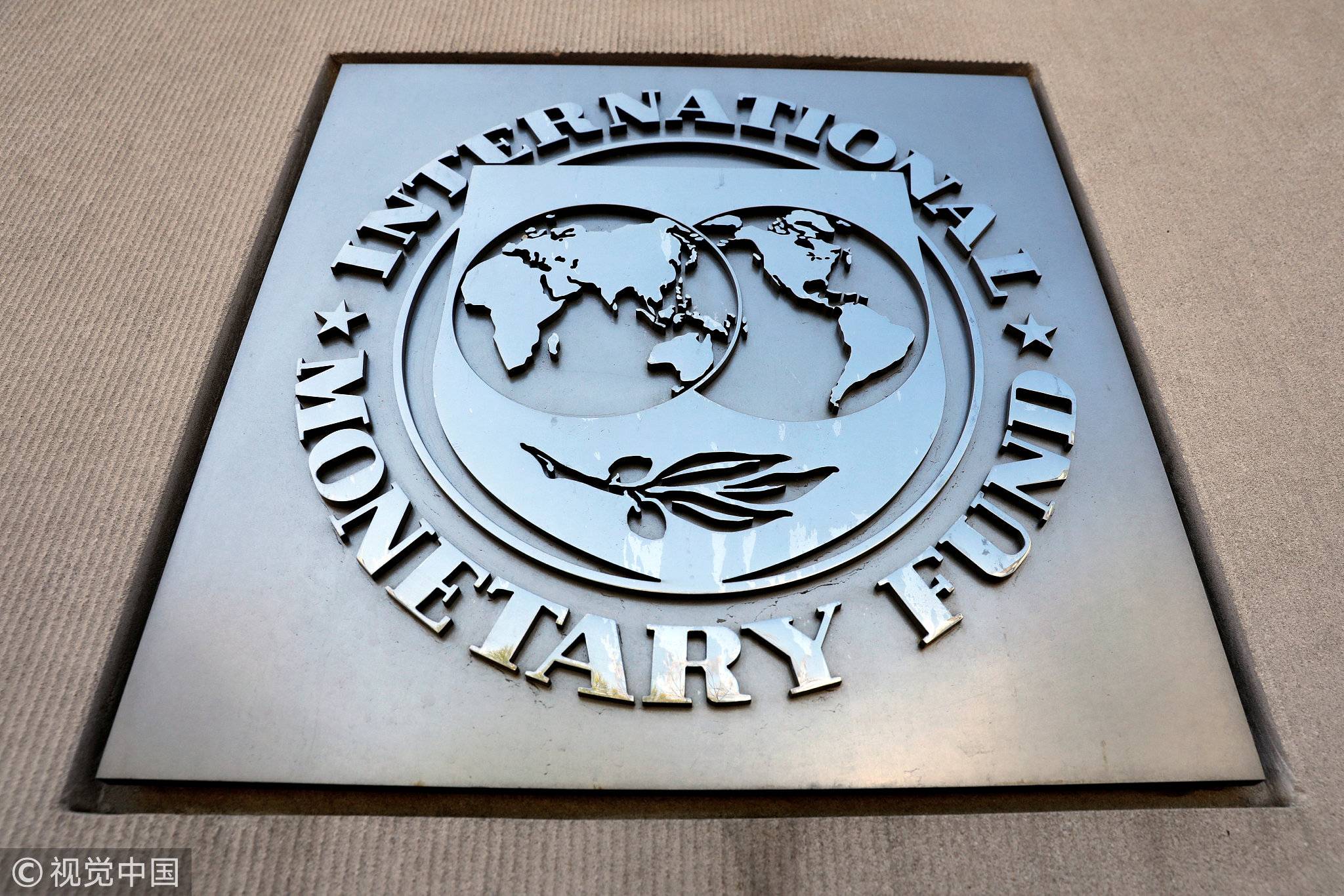Editor's note: Ken Moak taught economic theory, public policy and globalization at the university level for 33 years. He co-authored a book titled "China's Economic Rise and Its Global Impact" in 2015. The article reflects the author's opinions, and not necessarily the views of CGTN.
China's Belt and Road Initiative and other globalization stances must be doing something right as they have attracted so much criticism from the US and its allies. The latest is the allegation that the BRI is a "debt trap" designed to "force" recipient nations in allowing China to establish military bases.
Former Secretary of State Rex Tillerson, current Defense and State Secretaries James Mattis and Mike Pompeo traveled to Latin America and Africa, warning the two continents of China's "predictor" economics and "debt traps" to control them.
Richard D. Fisher, a senior fellow at the US-based International Assessment and Strategy Center think tank, testified before the US House Select Committee on China's World-Wide Military Expansion that China is using "debt trap" diplomacy to establish military posts in Sri Lanka, Bangladesh, Pakistan, and the Maldives.
Is China setting up 'debt traps' to gain control?
Leaders of recipient nations don't seem to think so, and in fact view Chinese investment and loans as being largely responsible for their economic development and growth. The prime minister of Sri Lanka, Ranil Wickremesinghe, said the BRI benefits both China and his country and that he did not "surrender" the Hambantota port or fall into a "debt trap".
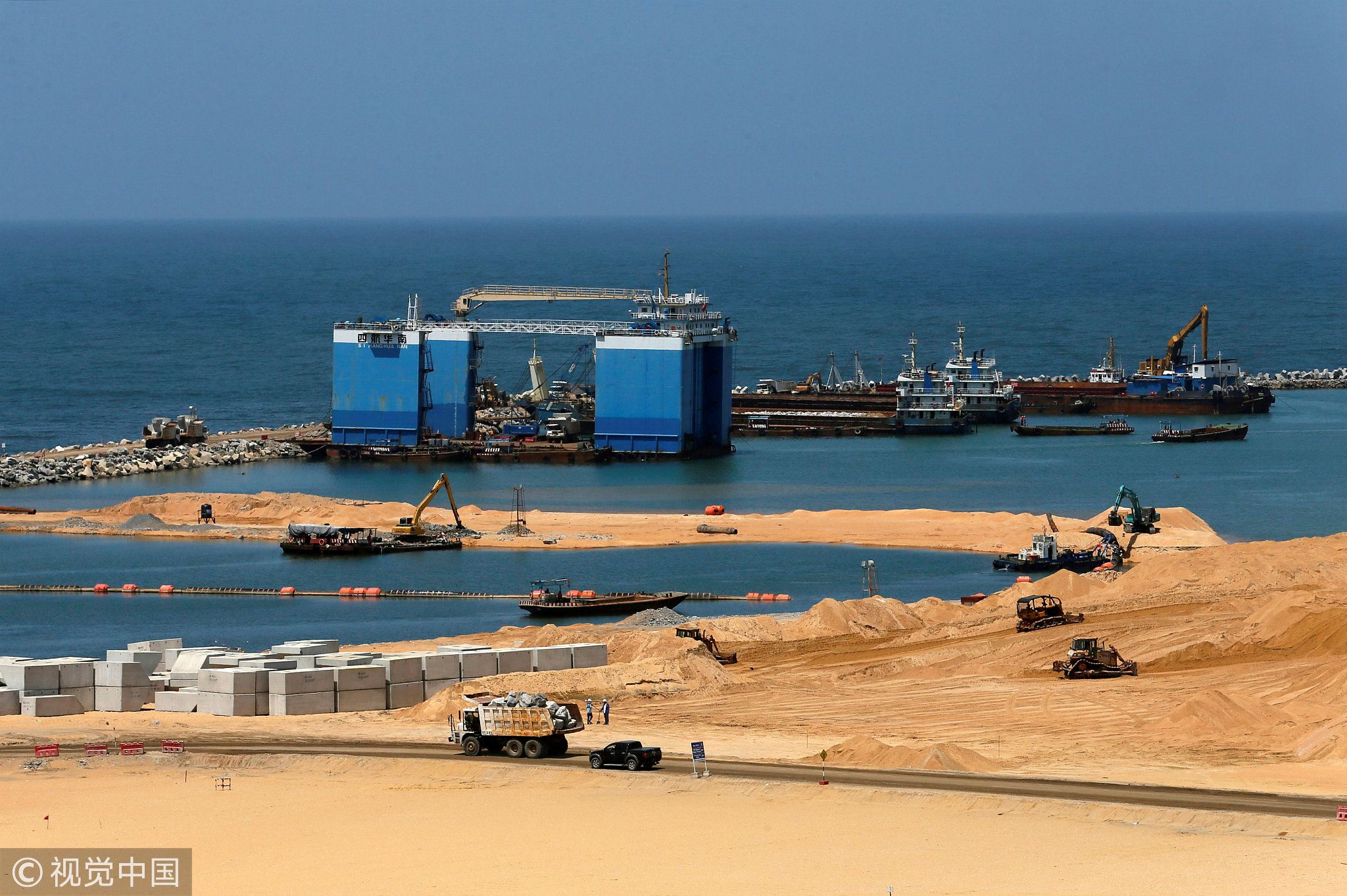
A general view of the Colombo Port City construction site, which is backed by Chinese investment, in Colombo, Sri Lanka, on August 23, 2018. /VCG Photo.
A general view of the Colombo Port City construction site, which is backed by Chinese investment, in Colombo, Sri Lanka, on August 23, 2018. /VCG Photo.
Wickremesinghe's assessment is echoed by the vast majority of world leaders, including the heads of the World Bank, International Monetary Fund (IMF) and others, they dismissed the mostly US anti-China crowd's charge as nonsensical propaganda rhetoric and insulted their intelligence.
While Malaysia and Pakistan are reviewing some BRI loans and investments, it was to ensure the projects were transparent under the previous regime and are economically and environmentally feasible. The new Pakistani government's review has more to do with its financial crisis and application for another IMF loan, the country's thirteenth since independence.
According to the IMF, the government is having significant problems paying the bills and loan payments. It also acknowledges that almost 50 percent of Pakistan's debts are owed to it and other Western-owned multilateral lending organizations.
Chinese Foreign Minister Wang Yi also weighed in, revealing that of the 22 BRI projects in the China Pakistan Economic Corridor, only four are funded by concessional or low-interest loans. The others are either financed by Chinese corporations or government aids, suggesting the risk falls largely on the Chinese side.

Chinese surveyors carry out a road-surface assessment along a street in the Pakistani city of Peshawar on Nov. 12, 2016, after the provincial government and a Chinese firm agreed to construct a 1.6-billion US dollar circular rail project. /VCG Photo.
Chinese surveyors carry out a road-surface assessment along a street in the Pakistani city of Peshawar on Nov. 12, 2016, after the provincial government and a Chinese firm agreed to construct a 1.6-billion US dollar circular rail project. /VCG Photo.
But the Anglo-American media and the anti-China crowd simply ignore these, dismissing them as "Chinese propaganda" or "fake news".
More interesting, these same crowds report nothing on Western loans and their impact on the borrowing countries economic and social development.
IMF, WBG and other Western lending institutions loan conditionality
The IMF, World Bank, and other western lending institutions have adopted the policy stances of the "Washington Consensus" (WC)-fiscal austerity, flexible exchange rate, privatization of state enterprises, and unfettered market forces - as loan conditionality.
The WC, a neoliberal economic development architecture said to be a "one-size-fits-all" model for developing economies, was coined by the British economist John Williamson in 1986.
The framework simply stated that US-style neoliberalism is the best platform for the developing world and became loan conditionality for nations borrowing from them and their controlled lending institutions such as the IMF.
Williamson accused the US of misusing his policy measures which turned out to be formulated by South American economists in the 1980s to secure loans.
The West and Japan were, in fact, telling the developing countries "do as I say not as I do" because they resorted to stimulus policies in reversing economic woes. The EU, Japan, and the US carried out quantitative easing (QE), central banks print money to buy government and corporate assets to finance economic stimulation programs.
The US used the money to bail out banks and enterprises deemed "too big to fail". Japan resorted to QE and deficit financing to fund is "Three Arrows" – increasing exports, government stimulus and economic restructuring.
The West and Japan probably knew that the WC loan conditionality on the developing world would worsen their economic and financial woes as first predicted by John Maynard Keynes' "paradox of thrift" hypothesis. He observed in the 1930s that cutting back on government spending and protectionism were largely responsible for the Depression.
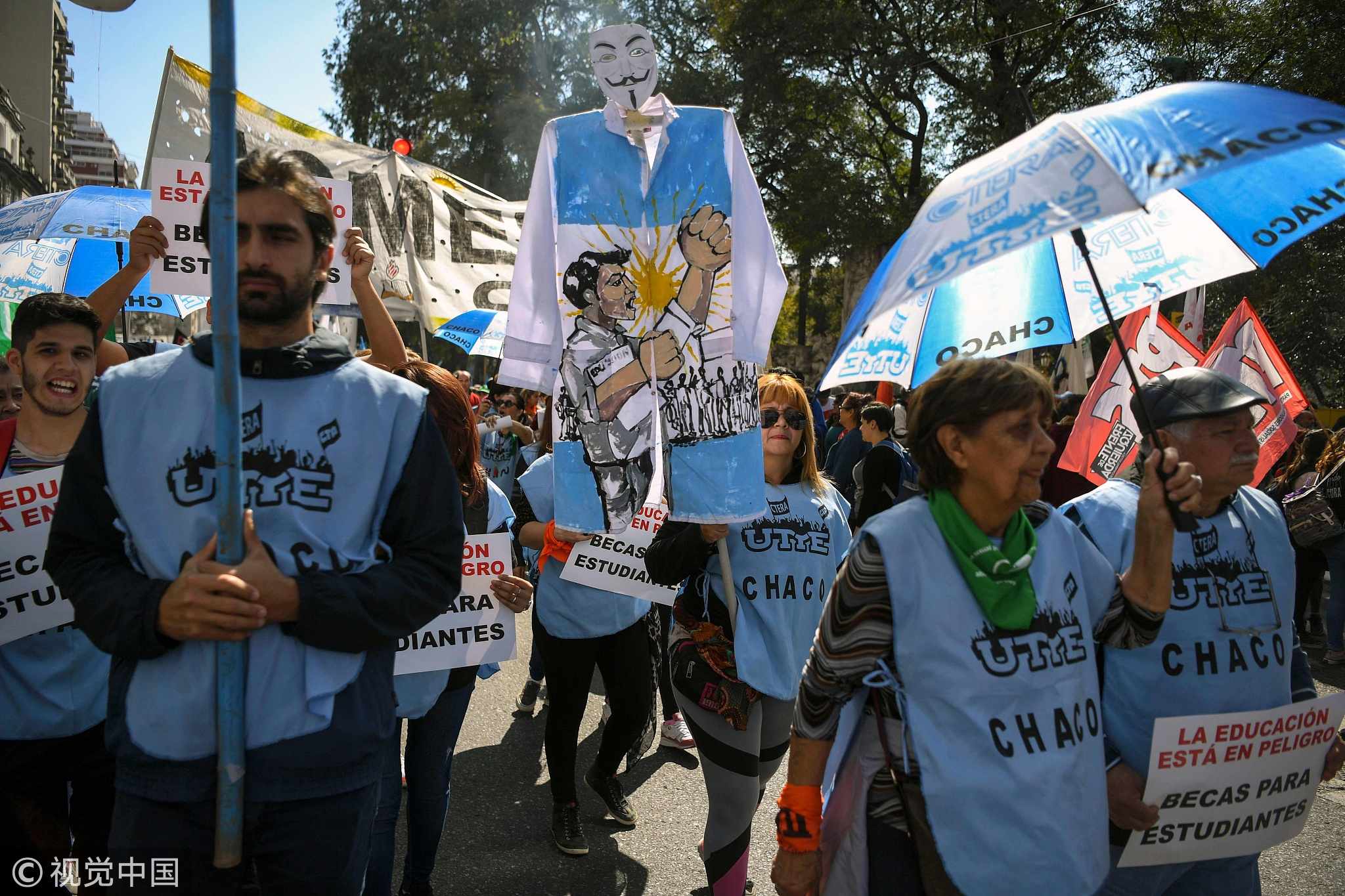
Argentine teachers demonstrate outside the Congress asking for the wage increase and reject budget cuts in Argentine public schools, as well as the agreement negotiated between the government and the International Monetary Fund on Sept. 13, 2018. /VCG Photo.
Argentine teachers demonstrate outside the Congress asking for the wage increase and reject budget cuts in Argentine public schools, as well as the agreement negotiated between the government and the International Monetary Fund on Sept. 13, 2018. /VCG Photo.
Keynes' assumption and logic are not difficult to understand. If consumers buy less bread, the baker would lay off workers and buy less flour, culminating in a "domino effect" and reducing the size of the economy greater than the initial "saving"
Argentina: A case study
Argentina was on the brink of economic collapse in the late 1990s due to falling exports, cronyism, external shocks, and a host other factors culminating in over double unemployment, forcing the government for an IMF loan. The supranational bank first loaned it three billion US dollars in 1998, conditional on Argentina's adherence to austerity measures.
Not allowing it to mount a stimulus program worsened the economy, forcing it to ask for another four billion US dollar loan in 1999. The conditions of the second loan were even more harsh, demanding the country to "balance its books" and attain 3.5 percent economic growth.
Unsurprisingly, Argentina became almost a "basket case" in 2000, the growth rate was a mere 0.5 percent, government debts were mounting, the economy dived and unemployment rose to over 12 percent.
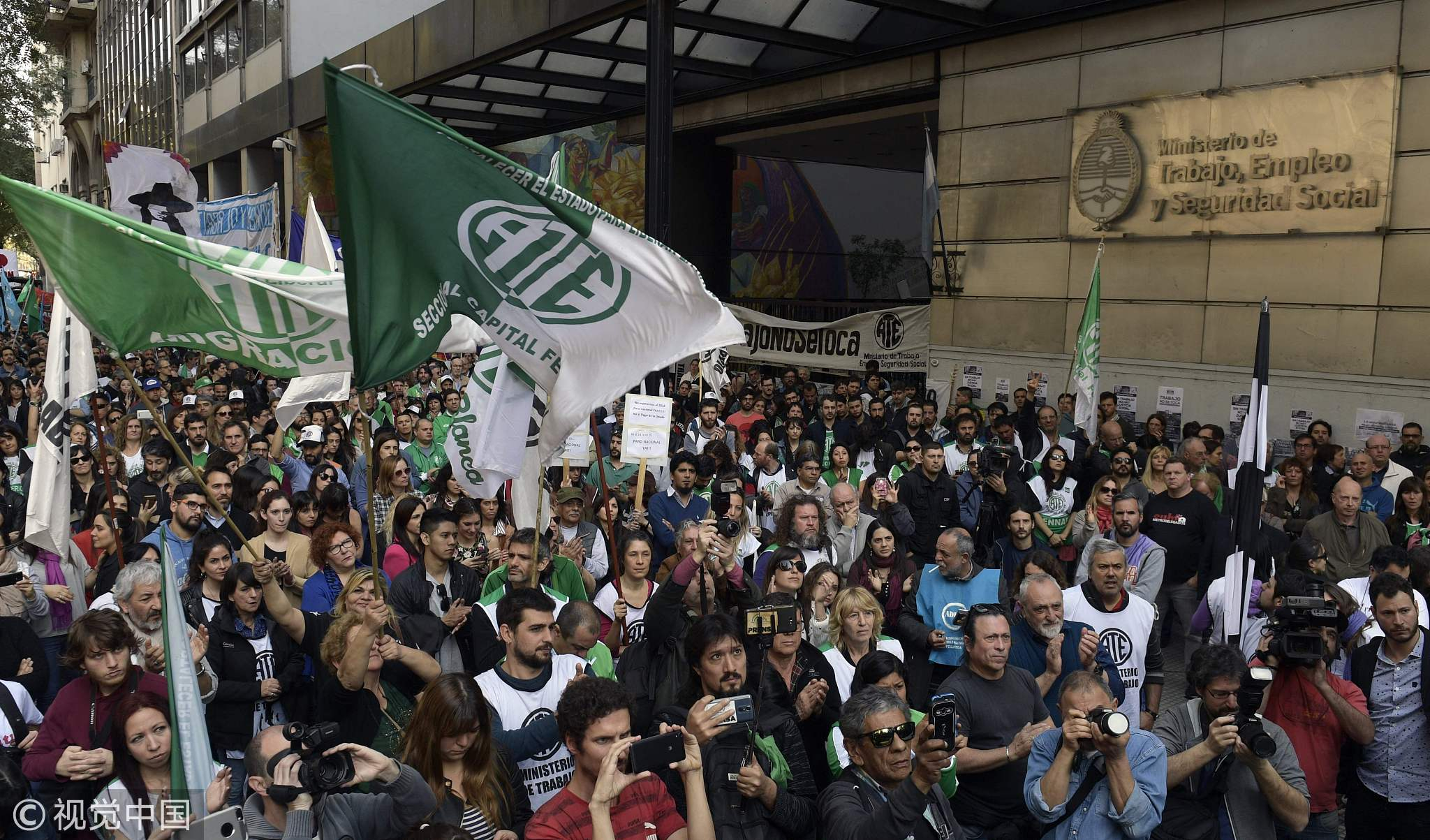
Public employees demonstrate against the government of Argentinian President Mauricio Macri outside the former Labor Ministry in Buenos Aires, on Sept. 7, 2018. /VCG Photo.
Public employees demonstrate against the government of Argentinian President Mauricio Macri outside the former Labor Ministry in Buenos Aires, on Sept. 7, 2018. /VCG Photo.
Argentina was forced to ask the IMF for another 40 billion US dollars loan to bail out its economic mess. This time, the IMF imposed an additional condition, demanding it to abandon the fixed exchange rate regime which the country's currency board fixed the value of the peso to one US dollar.
This increased the country's financial crisis because loans were in US dollars, resulting not only in a payment default, but nearly collapsed the peso. The IMF withheld a 1.4 billion US dollars installment.
To regain it, the IMF required Argentina to cut government spending by 10 percent. To meet the target, the government cut the civil service and pension by 13 percent, resulting in increasing the unemployment rate of 14 percent to over 20 percent by the end of 2001 and the economy dived into negative growth territory. The once described "Singapore of South America" turned into a perpetual impoverished and debt-ridden economy.

A man looks inside a garbage container in Buenos Aires' financial district, Argentina, on Sept. 12, 2018. /VCG Photo.
A man looks inside a garbage container in Buenos Aires' financial district, Argentina, on Sept. 12, 2018. /VCG Photo.
To be fair, the IMF and World Bank did attempt to reform their loan conditionality, but the reform proposals were delayed at the US Congress whose approval is required to turn proposals into policies. Both institutions require an 85 percent shareholder majority to do so, the US holds over 16 percent of the institutions' shares and voting rights.
The situation today is that borrowers are still required to meet the loan conditionality. Greece, for example, must adhere to the European Central Bank's (ECB) condition of fiscal austerity. Like Argentina, Greece is sinking deeper into debt and its economy remains mired in stagnating growth and high unemployment, particularly among the young.
Given the fact that the loan conditionality hurts more than it hurts and the lenders are fully aware of that occurrence, it could be argued that the West might intentionally set the "debt traps" and relegate the borrowing economies into a state of perpetual underdevelopment.
(If you want to contribute and have specific expertise, please contact us at opinions@cgtn.com.)

